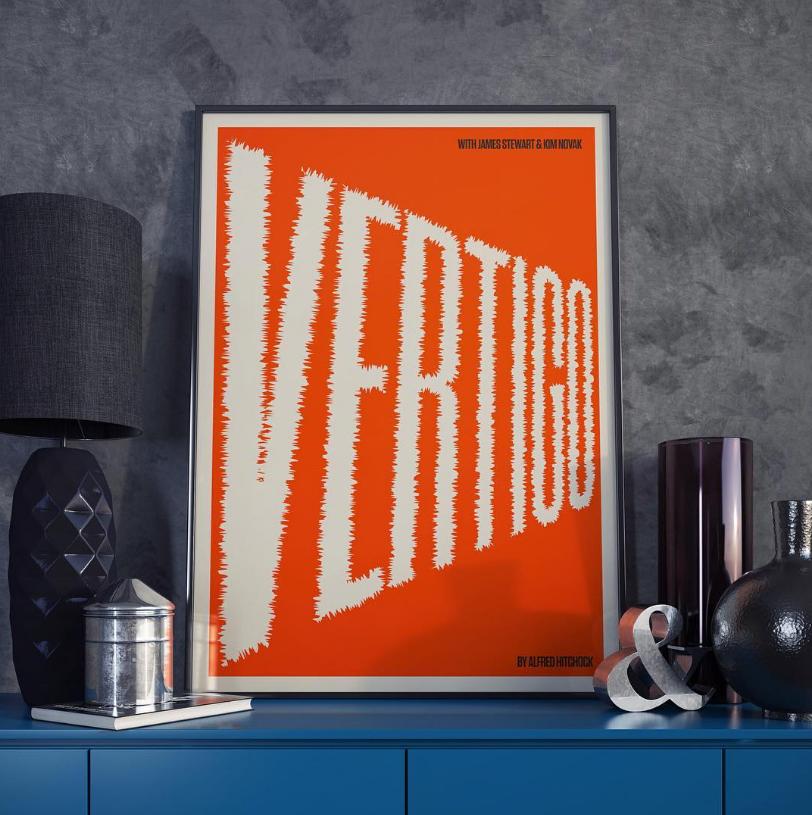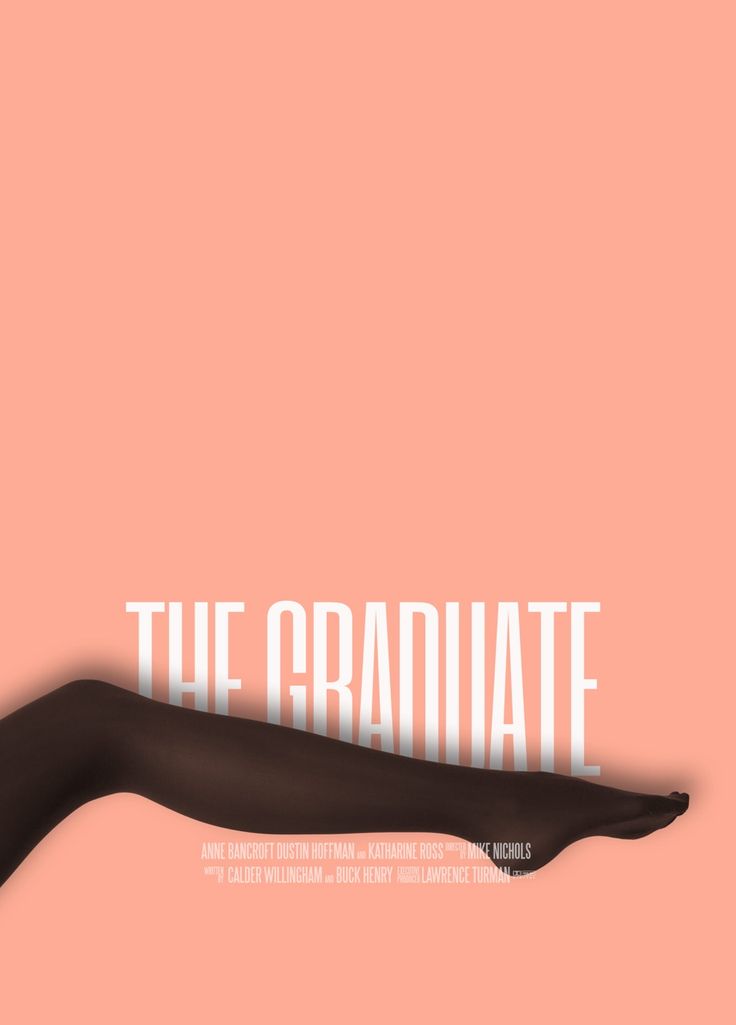In 1979, French theorist Jean-François Lyotard declared the end of all “grand narratives”—every “theory or intellectual system,” as Blackwell’s dictionary defines the term, “which attempts to provide a comprehensive explanation of human experience and knowledge.” The announcement arrived with all the rhetorical bombast of Nietzsche’s “God is Dead,” sweeping not only theology into the dustbin but also overarching scientific theories, Freudian psychology, Marxism, and every other “totalizing” explanation. But as Lyotard himself explained in his book The Postmodern Condition, the loss of universal coherence—or the illusion of coherence—had taken decades, a “transition,” he wrote, “under way since at least the end of the 1950s.”
We might date the onset of Postmodernism and the end of “master narratives” even earlier—to the devastation at the end of World War II and the appearance of Theodor Adorno and Max Horkheimer’s Dialectic of Enlightenment and of Roland Barthes’ slim volume Mythologies, a collection of essays written between 1954 and 56 in which the French literary theorist and cultural critic put to work his understanding of Ferdinand de Saussure’s semiotics.
As a result of reading the Swiss linguist, Barthes wrote in a preface to the 1970 edition of his book, he had “acquired the conviction that by treating ‘collective representations’ as a sign-systems, one might hope to go further than the pious show of unmasking them and account in detail for the mystification which transforms petit-bourgeois culture into a universal nature.”
While generally lumped into the category of “structuralist” thinkers, as opposed to “post-structuralists” like Lyotard, Barthes nonetheless paved the way for a particularly French mistrust of “petit-bourgeois culture” and its populist spectacles and all-knowing talking heads. He was an opponent of totalizing narratives just as he was “an unrelenting opponent of French imperialism,” writes Richard Brody at The New Yorker. Like Adorno and many other post-war European intellectuals, Barthes riffed on Marx’s notion of “false consciousness”—the mental fog produced by dogmatic education, mass media, and popular culture—and applied the idea relentlessly to his analysis of the post-industrial West.
“Barthes’s work on myths,” writes Andrew Robinson at Ceasefire Magazine, “prefigures discourse-analysis in media studies.” He directed his focus to “certain insidious myths… particularly typical of right-wing populism and of the tabloid press.” Barthes though of populist mythology as a “metalanguage” that “removes history from language,” making “particular signs appear natural, eternal, absolute, or frozen” and transforming “history into nature.” Through its normalization, we lose sight of the artifice of cable news, for example, and take for granted its formatting as a universal standard for high seriousness and credibility (as in the portentous signification of “Breaking News”), even when we know we’re being lied to.
The Al Jazeera video at the top of the post asks us to consider the “rhetorical motifs” of such media, which construct “the biggest myth of all: that what we are watching is unmediated reality.” The observation may seem elementary, but Barthes sought to go further than “the pious show of unmasking,” as he wrote. He “would have seen,” the video’s narrator says, “the TV screen as a cultural text, and he would have unveiled its myths,” as he did the myths proffered by wrestling, advertising, popular film and novels, tourism, photography, dining, and other seemingly mundane popular phenomena.
The video above from educational company Macat offers a more formal summary of Barthes’ Mythologies. The French critic and semiotician made significant contributions to literary and critical theory, demonstrating—with the wide-ranging wit and erudition of his humanist countryman Michel de Montaigne—how “dominant ideologies successfully present themselves as simply the way the world should be.” Looking back on his book over twenty years later, after the events in Paris of May 1968, Barthes remarked that the need for “ideological criticism” had been “again made brutally evident.” Indeed, we have ample reason to think that, over sixty years since Barthes published his classic analysis, the need for a rigorously critical view of mass media, advertising, and political spectacle has become more pressing than ever.
Related Content:
Hear Roland Barthes Present His 40-Hour Course, La Préparation du roman, in French (1978–80)
Hear the Writing of French Theorists Jacques Derrida, Jean Baudrillard & Roland Barthes Sung by Poet Kenneth Goldsmith
Animated Introductions to Edward Said’s Groundbreaking Book Orientalism
Josh Jones is a writer and musician based in Durham, NC. Follow him at @jdmagness







